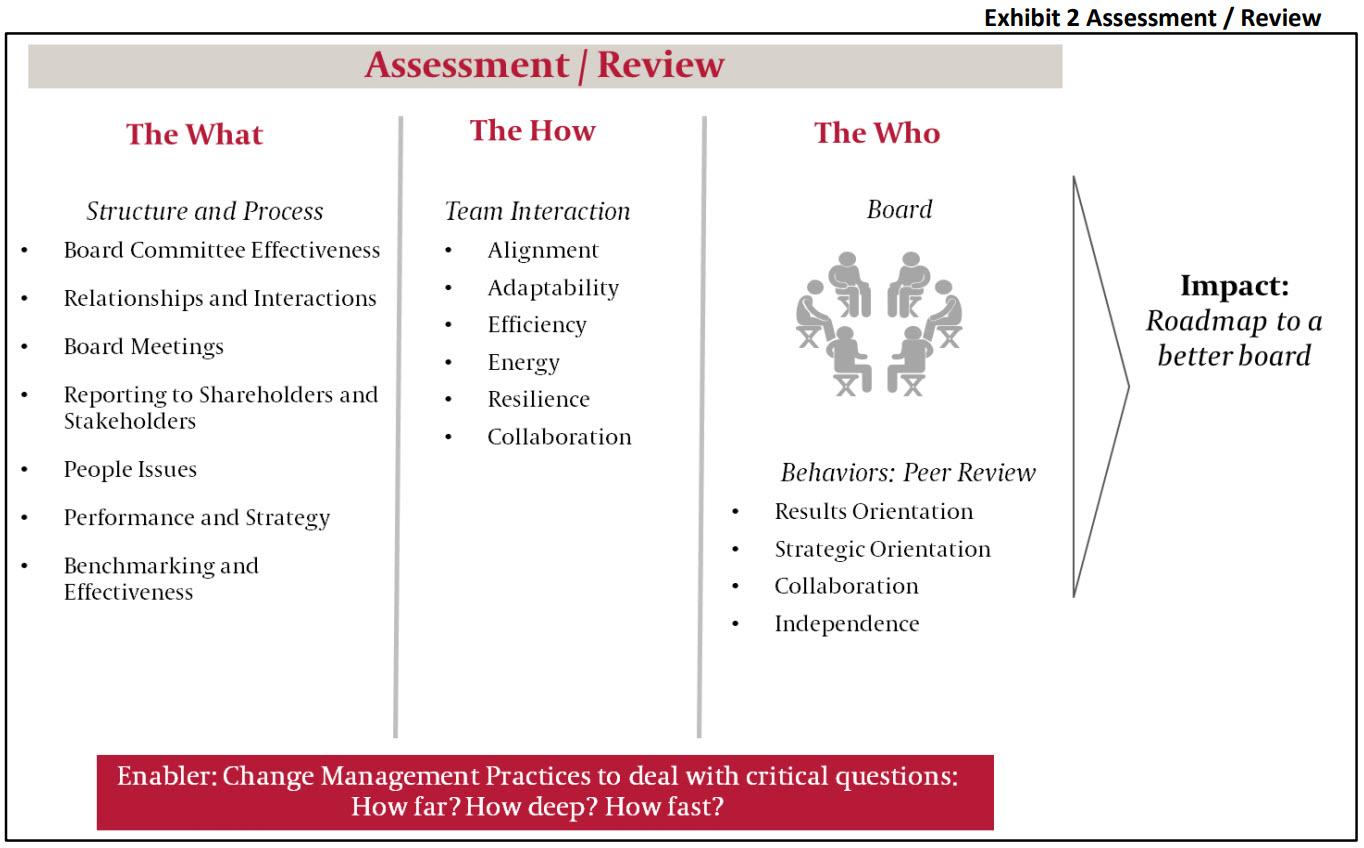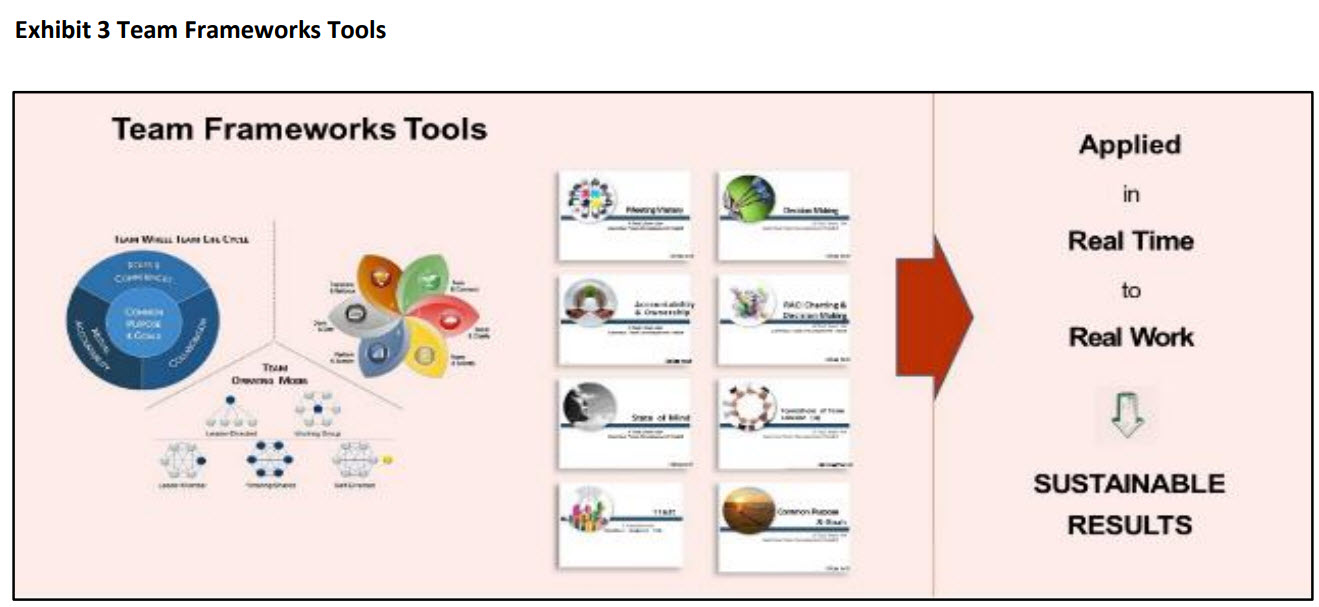Let’s face it, times have been tough for a number of organizations with added complexity and uncertainty amidst COVID-19, slowed economic pace, and a new normal yet to be defined. Many organizations find themselves strapped for cash, especially in hard hit industries like retail, transportation, hospitality and the oil field.
And while the pandemic is exacting a heavy toll, many individuals and leaders within organizations are feeling overwhelmed. They share that they must put on a good “face” for employees but behind the mask they are concerned and don’t have all the answers.
As one Global CEO told me, “If I’m truthful with myself, I don’t have any idea where this will end up. I can’t see the future and that scares me.” This feeling also reaches to employees and citizens across the US who are feeling anxiety and are seeking outlets. A board member of a US healthcare company shared that prescription drugs to treat depression, insomnia and suicide have risen by ~40% during the pandemic. According to market research firm Nielsen, sales of alcohol have skyrocketed. US sales of alcoholic beverages rose 55% in March 2020, and online alcohol sales increased 243%. All suggesting that individuals are trying to find a way to cope.
Adding to the complexity and challenge, add societal unrest and change and companies are asking, “What else can I do to have a positive impact on employees and make a difference now that will yield a return?”
As one Global CEO told me, 'If I’m truthful with myself, I don’t have any idea where this will end up and that scares me.'
So what are innovative companies doing to help with the well-being and mental state of their leaders and employees? Of course, leaders are trying to communicate more effectively and frequently. In a recent EZ survey, expectedly 100% of CEOs and CHROs highlighted increased communication throughout their organizations. This has helped, but it hasn’t stemmed the tide of anxiety in an era of complexity in most companies.
Here are four examples of innovation and investment that you can do, shared through the lens and experience of other companies. The purpose of this paper is to equip Boards, CEOs and CHROs with enough insight to act and help their employees and businesses in positive ways.
The first is a multi-billion dollar utility. The leadership decided to invest in its people by identifying high potential talent and developing them. All n-3 and n-4 talent underwent an efficient online 360 and potential-model diagnostic.
The goal was to identify the high potentials quickly, while providing developmental insight to all n-3 and n-4 employees (see Exhibit 1). All were given feedback for development. Those with highest potential underwent a full assessment with resulting development plans—all online using Zoom.
Transitioning to a new role is like hopping on a moving train…and today that train is moving in unknown directions at incredible speed.
Employees viewed this as an investment in them and shared that the experience was highly appreciated and motivating. One employee summed it up nicely, “I see this as the company investing in me and I am stepping up my game as a result. Strangely, I’m more committed to the company.” In fact, an Egon Zehnder survey suggests up to 70% improvement across major categories of both employee well-being and commitment as a result of the effort. Companies find this highly valuable to know which managers have the potential to lead with agility, resilience and engagement, and employees value knowing how to develop into the best version of themselves.

Another company is investing in newly hired executives to accelerate their integration into the organization. Accelerating an executive’s integration reduces the time for an executive to ramp up to full performance by 30-40%, and turnover is reduced by almost half. In an IMD survey, 70% of those surveyed agree that success or failure during a transition period is a strong predictor of overall success or failure on the job and that it’s the “soft stuff” that trips up executives the most. Some have described the experience of joining a new company during corona to that of a moving train. “Transitioning to a new role is like hopping on a moving train…and today that train is moving in unknown directions at incredible speed.”
Imagine starting in a new role where the leader and much of their team are working virtually, where operational decisions are being taken – and becoming outdated – minute by minute.
In the first 90 days, new executives access online tools and systematically size up the challenge, build momentum and accelerate impact through work streams such as:
assuming operational leadership—addressing a shifting landscape and understanding critical decisions to manage the crisis at speed
-
Taking charge of the team—understanding the challenge of connecting with team members who are working remotely and where communication and coordination are more difficult
-
Aligning with stakeholders—understanding reporting managers and peers are busy, time and quality of support can be questionable during corona and making time to talk about what typically isn’t talked about creates momentum
-
Engaging with culture—addressing the challenge to learn “how things get done” in a lockdown context and how to meet people where they are in their discomfort, anxiety, fear, and create followership
-
Building strategic intent—understanding how has the mandate changed and how will the business will look in 12-18 months
To highlight one work stream, the culture tool compares and contrasts cultural details of the prior company with that of the new company to help the new executive see, feel and understand differences in cultural norms, patterns and behaviors.
By accelerating an integration, the company reduced the risk of derailment by addressing key challenges (e.g. team, culture, stakeholders) associated with integration and also reduced the risk of failure. The results are amazing with ~50% reduction in “organ rejection” rates and ~40% decrease in time to reach maximum performance.
A third way innovative companies are utilizing the COVID crisis extends to the boardroom. Companies across the globe are looking for ways to help boards in these trying times. As one Chairman shared with me, “Industries are undergoing a transformation, creating complexity to navigate. Facing increased nuance and disruption, organizations are having to navigate with more agility and cohesion than ever before.” Companies are finding there is opportunity to examine how the board works together as a team, how it collaborates with the management team, and how the board navigates the complicated and complex. Many boards have reached a tipping point and want to consider how to be more effective.

In one global company, the board is taking the leap to conduct a board effectiveness review to navigate complexity. This has yielded substantive results—cohesion, ability to speak about issues with different levels of emotional awareness, and increased engagement among directors. They focused on areas such as: What are we not discussing that we need to talk about? What do we always discuss but never resolve? What spaces do we need to create to have these conversations? What would be different if these conversations led to the right actions?
The result is captured well by the chair of the governance committee, “What we were doing was good, but I learned that we were more focused on the what. Now we understand the how. It’s like we have now seen the movie and understand how to better support one another and get to better decisions as a board.”
The fourth area companies are focusing on is team coaching for the senior teams (SLT). While most SLT’s have found a way to have frequent conversations with one another, the reality is that many SLT’s are finding it difficult to be as effective as they once were as they are forced to interact in new ways due to COVID.
What we were doing was good, but I learned that we were more focused on the what. Now we understand the how. It’s like we have now seen the movie and understand how to better support one another and get to better decisions as a board.
In a recent survey conducted by Egon Zehnder, 73% of SLT members surveyed indicated that they thought they have been able to adjust to social distancing and a distributed workforce. Alarmingly, however, 45% of respondents felt that teams in the organization are equally effective now as they were before the pandemic, and strikingly less than 8% felt that teams in the organization are a better performing team than before the crisis.
Many SLTs are turning to team coaching to improve their performance. They have tried consulting, facilitation and training modalities in the past, but are now turning to one of the fastest growing segments of coaching. Team coaching—real time with real work and real results. The approach has a self-regulation philosophy of sustainable change (see Exhibit 3).
I couldn’t see what I couldn’t see. Now I have a lens, the team has a lens that truly helps us get to deeper content in our discussions, better outcomes.
Recently an Executive Director for a large privately held business summed up the experience, “I couldn’t see what I couldn’t see. Now I have a lens, the team has a lens that truly helps us get to deeper content in our discussions, better outcomes. Everyone is more engaged, more aware. We are doing better than we did before the crisis. It doesn’t mean it’s easy, but we are equipped to be both efficient and effective.” The outcomes are achieved using both frameworks and tools applied in actual team settings with real work.

When clients were asked to give advice to leaders who are considering investing in employees during the crisis, they offered three pieces of advice.
-
Start with what you hope to accomplish—let that guide the intervention you select.
-
The impact of corona and unrest is likely more severe than you may think. Your investment will positively impact the well-being and mental state of your leaders and employees.
-
Avoid the trap of inaction—that we will do something when everything settles down. It may be a while and you could miss this opportunity for what it is.
Sounds like good advice for each of us.





